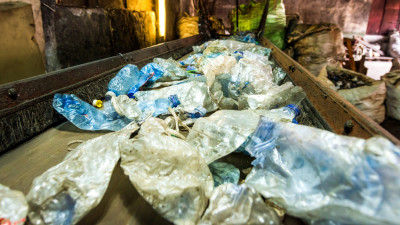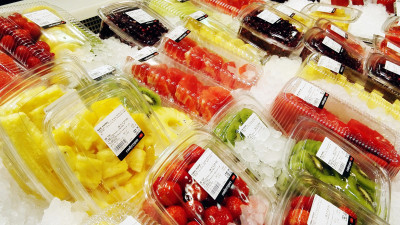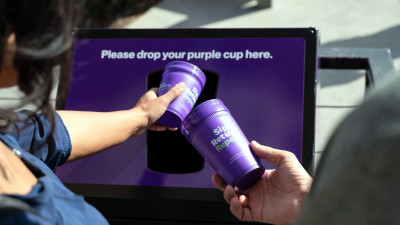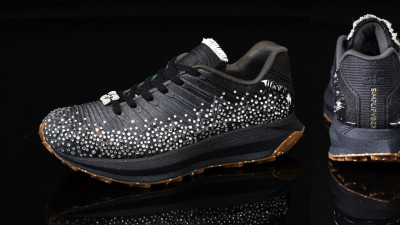Honeywell has announced that it has started full-scale commercial production of a low-global-warming-potential (GWP) material used as an aerosol propellant, insulating agent and refrigerant.The diversified technology and manufacturing company says the material, known by the industry designation HFO-1234ze and marketed by Honeywell under its Solstice® line of low-global-warming materials, is being produced at the Honeywell Fluorine Products facility in Baton Rouge, La.
Honeywell Scales Up Production of Low-GHG Propellant, Insulating Agent and Refrigerant
Honeywell has announced that it has started full-scale commercial production of a low-global-warming-potential (GWP) material used as an aerosol propellant, insulating agent and refrigerant.
The diversified technology and manufacturing company says the material, known by the industry designation HFO-1234ze and marketed by Honeywell under its Solstice® line of low-global-warming materials, is being produced at the Honeywell Fluorine Products facility in Baton Rouge, La.
HFO-1234ze is part of Honeywell's line of Solstice hydrofluoro-olefin (HFO) products that have extremely low global warming potentials—either equal to or less than carbon dioxide—and that are safe, available today and capable of making a significant positive environmental impact. Honeywell says its Solstice HFOs are alternatives to high GWP HFCs and are energy-efficient, safe to use, non-ozone-depleting and have a minimal global warming profile.
The Solstice line of HFOs include Solstice yf for automobile air conditioning, Solstice Propellant for aerosol applications, Solstice Liquid Blowing Agent and Gas Blowing Agent for foam applications, and Solstice Performance Fluid for use as an industrial solvent. Each of these products has been approved under the EPA's Significant New Alternatives Policy (SNAP) program.
In addition to its line of low-global-warming-potential HFOs, Honeywell's Fluorine Products business manufactures and supplies non-ozone-depleting refrigerants used by many air-conditioning and refrigeration makers worldwide, blowing agents for energy-efficient foam insulation, hydrofluoric acid used in gasoline and steel manufacturing and precursors for nuclear fuel.
In September 2014, at an event sponsored by the White House, Honeywell announced that it will increase production of its low GWP refrigerants, insulation materials, aerosols and solvents, and, prior to 2020, will drive a 50 percent reduction in its annual production of high GWP hydrofluorocarbons (HFCs) on a CO2 equivalent basis. The company projects that use of its low GWP Solstice materials to replace HFCs will eliminate more than 350 million metric tons in CO2 equivalents by 2025, equivalent to removing 70 million cars from the road for one year.
In other refrigerant news, Unilever last August announced that its scientists had improved on its highly efficient point-of-sale freezer technology. The company said the new, hyper-efficient freezers which house its Wall’s brand ice cream have the potential to achieve an industry-leading 70 percent energy reduction, resulting in carbon dioxide savings equivalent to removing half a million cars from the road.
Also last year, EOS Climate announced it will provide the DuPont refrigerant distributor network access to its Refrigerant Asset System (RAS) to help curb greenhouse gas emissions generated by refrigerants. Launched in November 2013, the RAS software and systems make the existing refrigerant supply chain more efficient, enabling users to track every pound of refrigerant from purchase through to recovery, reclamation and its eventual end-of-life.








